Mild But Mighty: 7 Soothing Indian Dishes That’ll Win Over Every Palate
When the word 'Indian food' comes up, many imagine fiery curries and tongue-tingling spices. While that’s true for some regional specialties, India also boasts a wide array of mild Indian dishes that showcase flavor without the burn. These comforting meals are perfect for spice-sensitive palates or anyone looking to enjoy rich textures, aromatic spices, and hearty satisfaction — all with zero tears (unless you’re crying happy tears).
Table of Contents
- The Beauty of Mild Indian Cooking
- Top 7 Mild Indian Dishes You Must Try
- Spice Level Guide & Flavor Breakdown
- Buying Guide: Ingredients for Mild Indian Meals at Home
- Conclusion
The Beauty of Mild Indian Cooking
India is a country of contrasts — and nowhere is this more apparent than in its cuisine. From the coconut-laced dishes of Kerala to the creamy comfort foods of Punjab, Indian food offers something for every taste. Contrary to popular belief, not all Indian dishes are spicy hot. In fact, many traditional recipes rely on aromatics, slow cooking, and creamy bases to deliver deep, satisfying flavors without overwhelming heat.
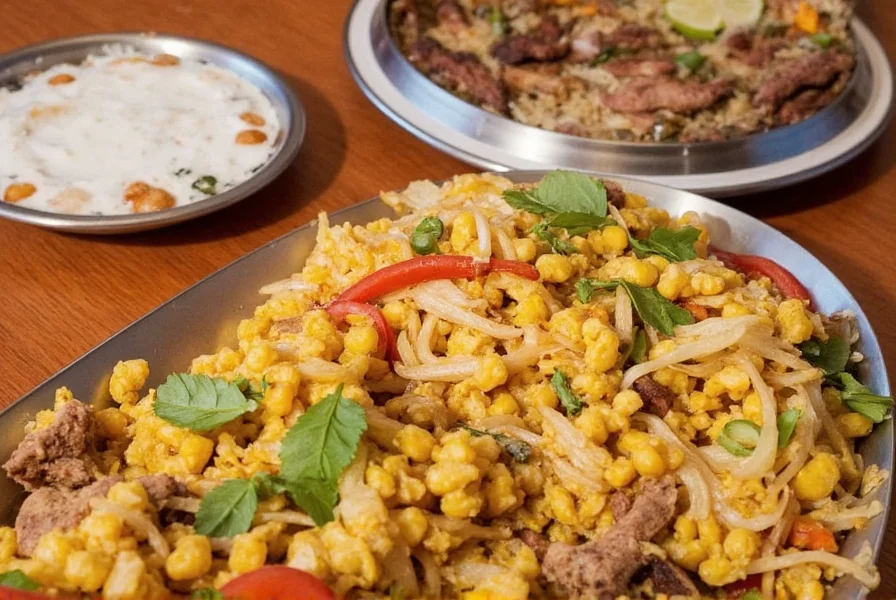
So if you’ve ever avoided Indian food thinking it might be too intense, you’re missing out on a treasure trove of mild, flavorful delights. Let’s dive into some of the most beloved dishes that prove Indian cuisine can be gentle on the tongue yet bold in flavor.
Top 7 Mild Indian Dishes You Must Try
Whether you're new to Indian food or just craving something cozy, these seven dishes are perfect examples of how mellow Indian flavors can be while still packing a punch in taste and texture.
- Korma: A slow-cooked curry made with yogurt or cream, nuts, and aromatic spices like cardamom and cinnamon.
- Butter Chicken: Rich, tomato-based sauce with buttery goodness — a favorite across the world.
- Dal Makhani: A creamy lentil dish simmered overnight, often with butter and cream.
- Paya (Trotters Curry): Slow-cooked lamb or goat feet in a spiced gravy — incredibly rich and soothing.
- Kheema Aloo: Minced meat stewed with potatoes and mildly spiced for a comforting meal.
- Matar Paneer: Soft paneer cubes and sweet peas in a mildly spiced tomato gravy.
- Rogan Josh (Mild Version): Lamb cooked in a fragrant blend of spices — Kashmiri red chili gives color but minimal heat when prepared traditionally.
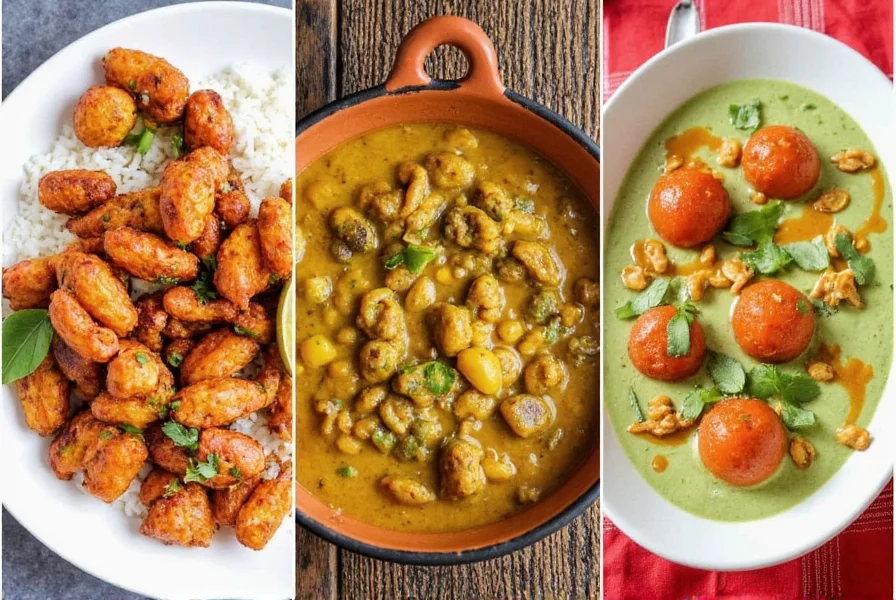
A Closer Look at Each Dish
Let’s break down what makes each of these dishes stand out in terms of flavor, texture, and accessibility for all types of eaters:
| Dish | Base | Main Protein/Veggie | Heat Level | Key Spices |
|---|---|---|---|---|
| Korma | Cream/yogurt | Chicken/lamb | Very Low | Nutmeg, saffron, cloves |
| Butter Chicken | Tomato + butter | Chicken | Low | Garam masala, turmeric |
| Dal Makhani | Lentils + butter/cream | Lentils | Low | Cumin, garlic, bay leaves |
| Paya | Slow-cooked stock | Lamb trotters | Low | Fennel, ginger, pepper |
| Kheema Aloo | Onion-tomato base | Ground meat + potatoes | Low | Cumin, coriander |
| Matar Paneer | Creamy tomato | Paneer + peas | Low | Cardamom, garam masala |
| Rogan Josh | Yogurt-based | Lamb | Moderate (traditional) | Kashmiri chili, fennel |
Spice Level Guide & Flavor Breakdown
Understanding Indian spices is key to appreciating mild Indian dishes. Here's a quick guide to common ingredients and how they affect flavor and heat:
- Kashmiri Chili: Adds vibrant red color without much heat.
- Turmeric: Earthy, golden-hued spice known for its anti-inflammatory properties.
- Garam Masala: Warm spice blend that enhances aroma and depth.
- Cumin: Nutty and smoky — essential in almost all Indian cooking.
- Coriander: Sweet and citrusy, balances heavier flavors.
- Cinnamon/Cardamom: Used in both sweet and savory dishes, adds a comforting warmth.
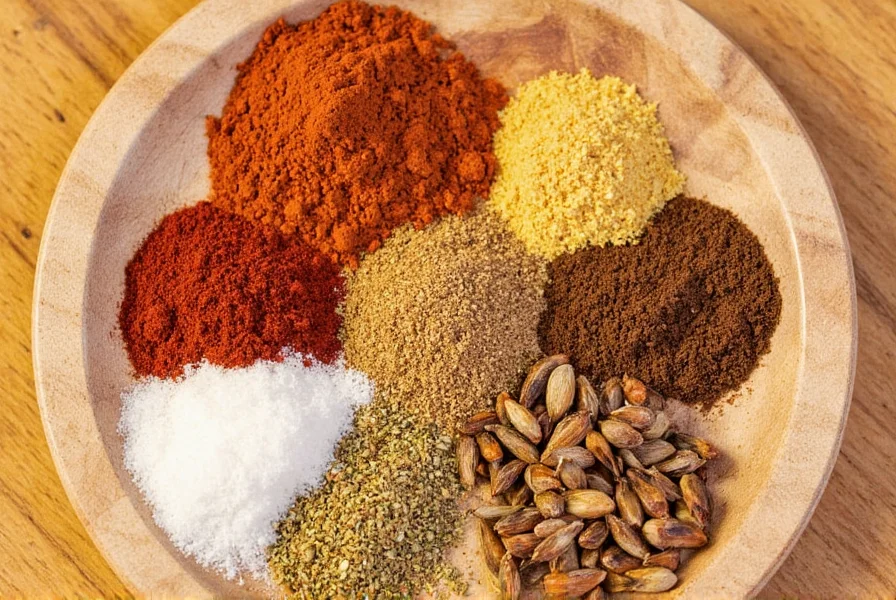
How to Customize Heat Levels
If you're making these dishes at home and want to keep them truly mild:
- Omit or reduce green chilies.
- Use Kashmiri chili powder instead of regular chili powder.
- Add dairy like yogurt or cream to temper any existing heat.
- Toast whole spices gently to release flavor without bitterness.
Buying Guide: Ingredients for Mild Indian Meals at Home
Ready to cook up some mild magic in your kitchen? Here's a list of must-have ingredients and tools to create authentic, comforting Indian dishes without turning up the heat.
Essential Pantry Staples
- Ghee: Clarified butter used in many Indian dishes for richness and flavor.
- Yogurt: Great for marinades, sauces, and cooling balance.
- Coconut Milk: Used in South Indian dishes for a creamy, nutty flavor.
- Cream: Essential for butter chicken and korma lovers.
- Whole Spices: Cumin seeds, cardamom pods, cloves, cinnamon sticks.
- Pre-ground Spice Blends: Garam masala, turmeric, coriander powder.

Cookware Recommendations
While you don’t need a full Indian kitchen setup, a few specialty items will elevate your cooking:
| Item | Description | Best Use | Recommended Brand |
|---|---|---|---|
| Cast Iron Dutch Oven | Heavy, oven-safe pot for slow cooking | Dal Makhani, Paya | Le Creuset |
| Non-Stick Kadhai/Wok | Curved pan for frying and simmering | Butter Chicken, Kheema Aloo | Ballarini |
| Mortar and Pestle | For grinding fresh spices | Custom spice blends | Imusa |
| Immersion Blender | Blends directly in pots | Making smooth gravies | Breville |
| Pressure Cooker | Saves time on long-cooking dishes | Lentils, meats | Crock-Pot Express |
Where to Buy Authentic Ingredients
Look for these at:
- Local Indian grocery stores
- International sections of supermarkets
- Online marketplaces like Amazon, Walmart, Instacart
- Specialty spice shops (e.g., Penzeys, The Spice Garden)
Conclusion
Don’t let the stereotype of super-spicy Indian food scare you away from one of the world’s most diverse and flavorful cuisines. From creamy kormas to velvety dal makhani, mild Indian dishes offer a comforting embrace with every bite. Whether you’re a spice lover easing into gentler flavors or someone who prefers their food kind to the tongue, there’s a whole world of Indian cooking ready to delight your senses.
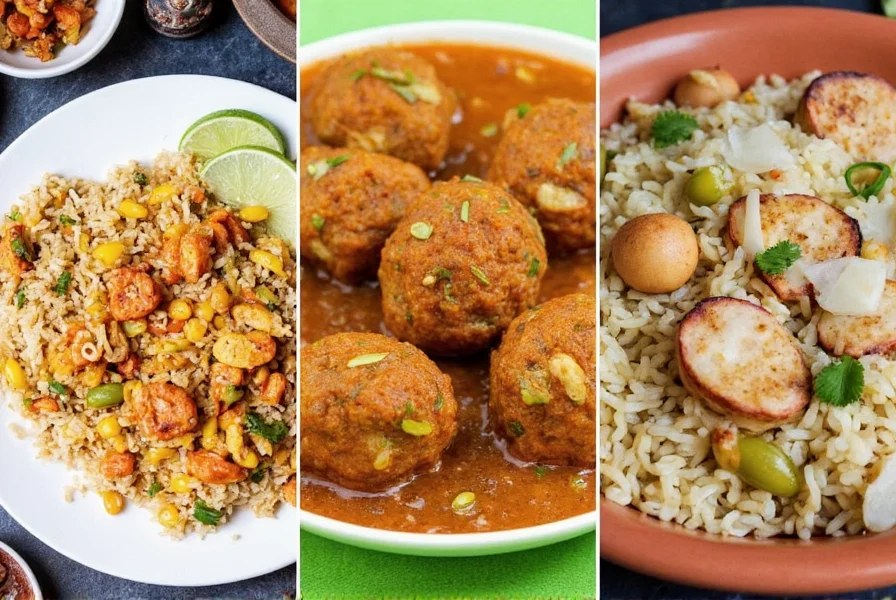
So grab your spoon, pick up a few spices, and start experimenting. With the right ingredients and a dash of curiosity, you can bring the warmth of India into your own kitchen — no tears required.

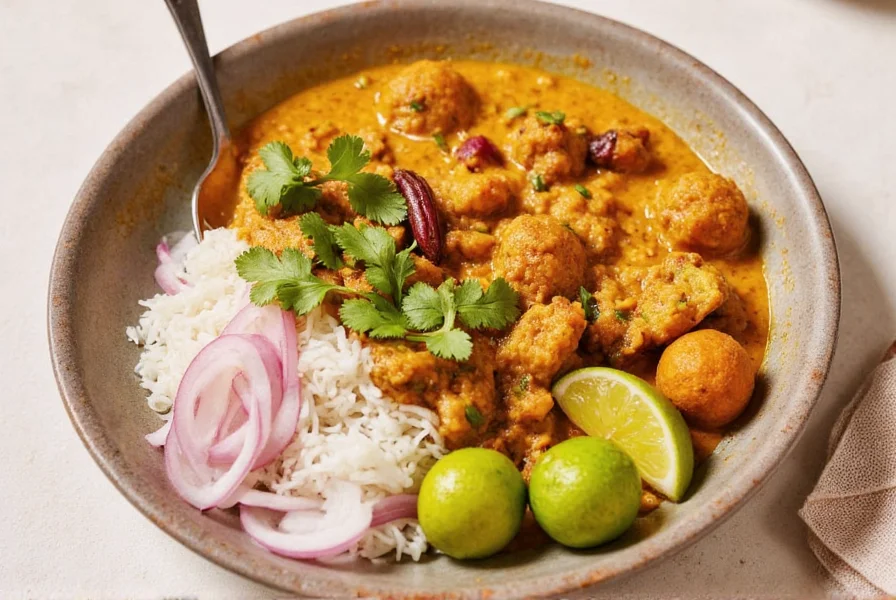









 浙公网安备
33010002000092号
浙公网安备
33010002000092号 浙B2-20120091-4
浙B2-20120091-4